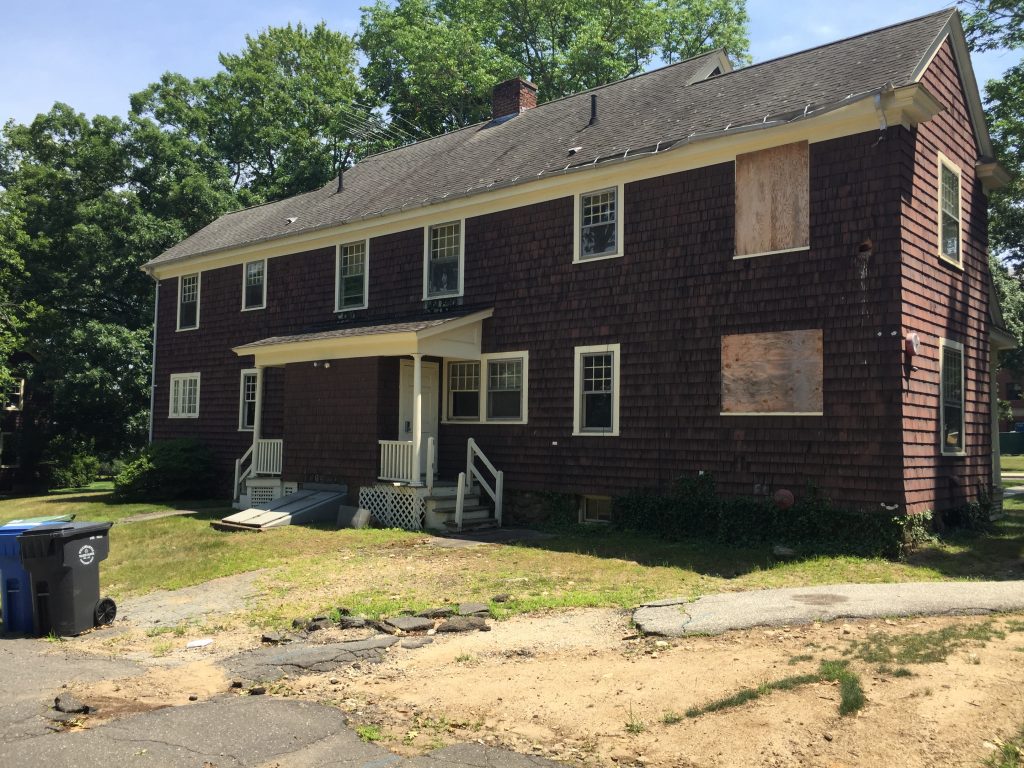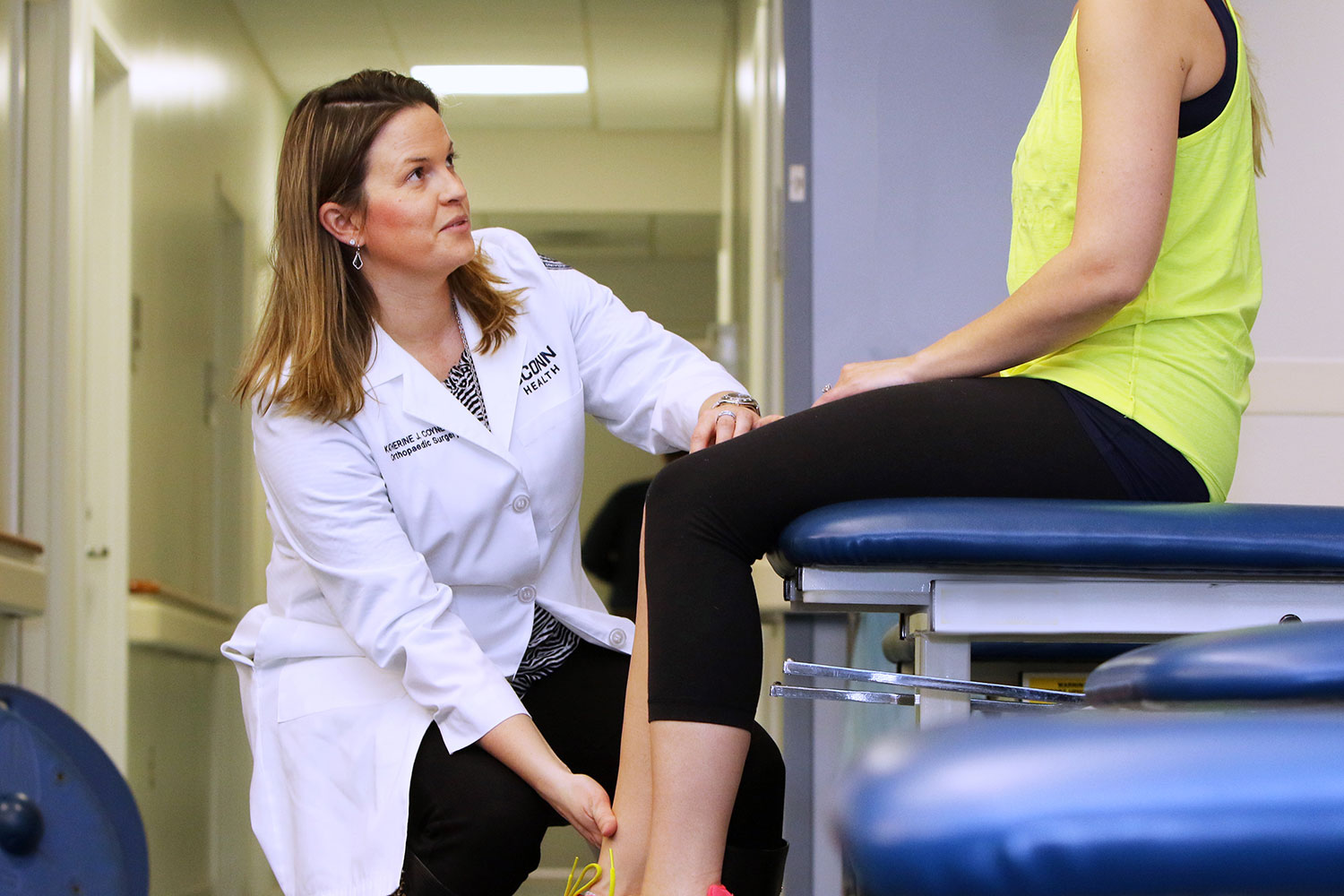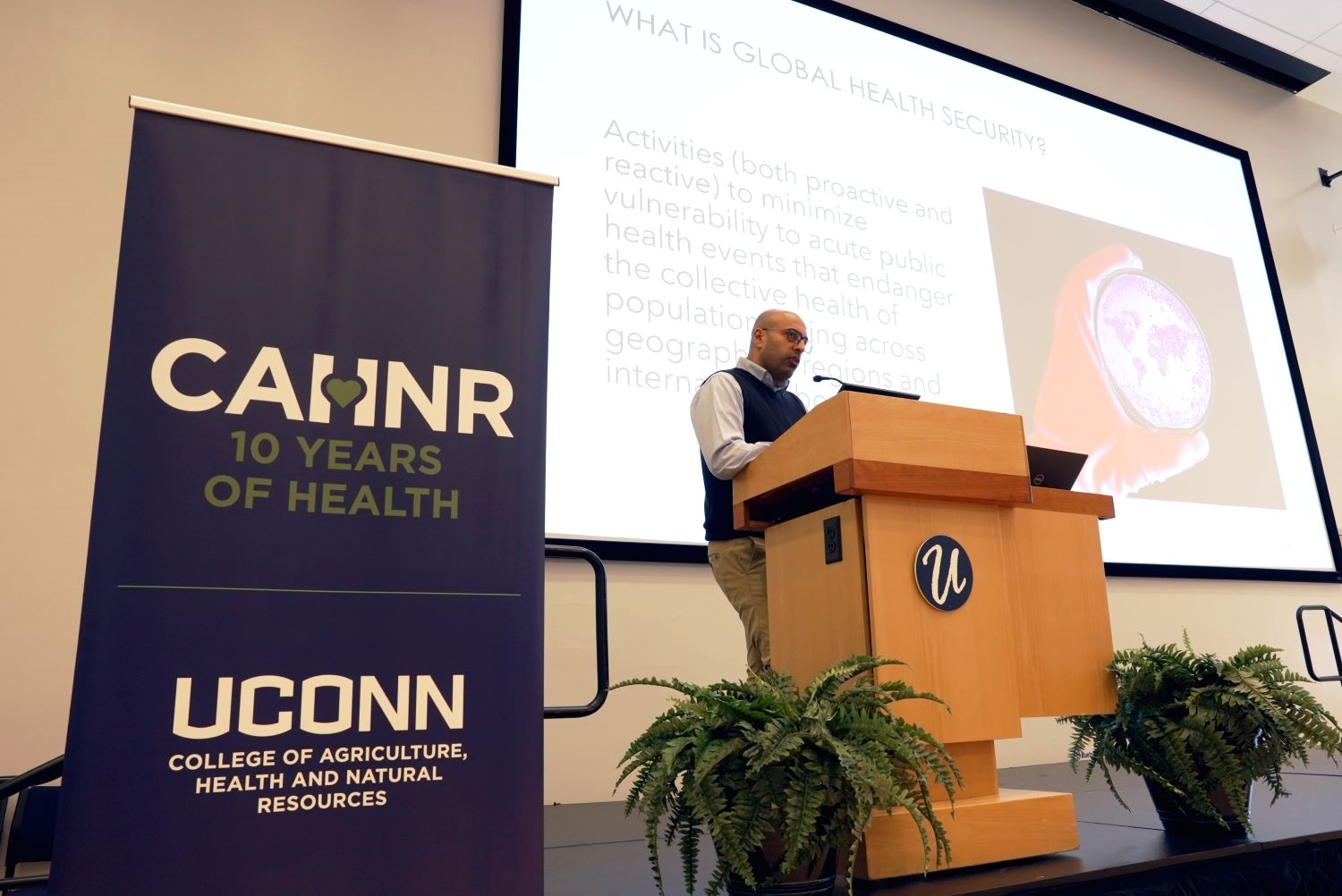
Connecticut’s State Historic Preservation Office, UConn, and the Connecticut Trust for Historic Preservation have reached a new agreement regarding the future of nine former houses in a historic district on UConn’s Storrs campus.
Under the agreement, UConn will stabilize and maintain two of the nine houses previously slated for demolition and develop a plan for their reuse within five years. In exchange, the University will be permitted to move forward with an accelerated demolition schedule on the remaining seven houses.
“We’re pleased that this agreement will allow UConn to continue to meet the goals of its Master Plan for the future, while also respecting elements of our past,” said Laura Cruickshank, UConn’s chief architect and master planner. “The spirit of collaboration during these discussions is a good example of ways in which state agencies and private groups can work together toward solutions that address the concerns of all sides.”
“I am grateful that all parties were willing to come together and reach this important agreement. It is a great example of how effective collaboration can result in improved outcomes, both in terms of historic preservation and forward progress at the University,” said Catherine Smith, commissioner of the Department of Economic and Community Development, which includes the State Historic Preservation Office.
“By preserving these houses, we are keeping an important part of history, not only the university’s but Connecticut’s as well,” said Kristina Newman-Scott, director of culture at the Department of Economic and Community Development.
The previous agreement between UConn and the State Historic Preservation Office did not require the University to retain any of the structures, and stipulations of that agreement would have delayed demolition until the spring of 2017. But, after full deliberations, the parties agreed to maintain two buildings, as well as adopt an enhanced review process for projects impacting historic properties in the future.
“Under this new agreement, the long-range preservation planning commitments made by the University of Connecticut represent a critical step forward in efforts to identify and integrate historic resources into campus planning and construction at the earliest possible stage,” said Daniel Mackay, executive director of the Connecticut Trust for Historic Preservation. “We look forward to supporting UConn and the State Historic Preservation Office to implement a more comprehensive and effective preservation plan.”
The nine houses along Gilbert Road were originally built around 1920 as faculty residences, and many later housed fraternities and sororities or were used as office space. Some of the houses were home to Greek-letter organizations for more than 60 years. Students were moved out of the houses and relocated to Husky Village on Route 195 by 2003.
Demolition of four of the structures is expected to commence before the end of the year.
Once complete, the University plans to create park-like green space around the property, including grassy areas, plantings, trees, benches, and tables. University officials have said the location will be a beautiful outdoor spot for use by the campus community, particularly given its central location between the future Student Recreation Center and the South Campus residence halls.



